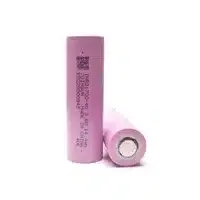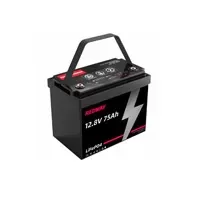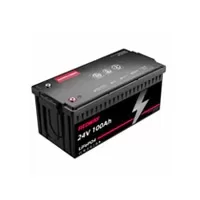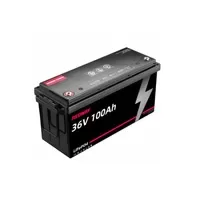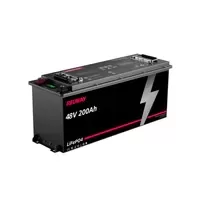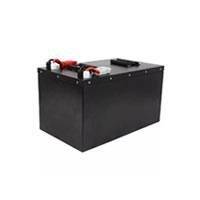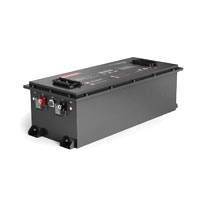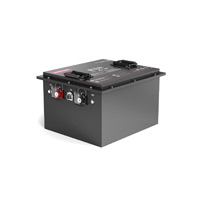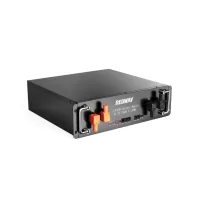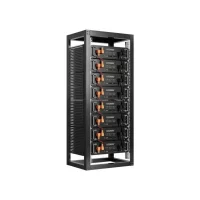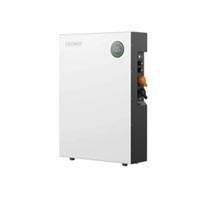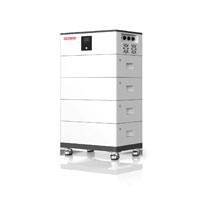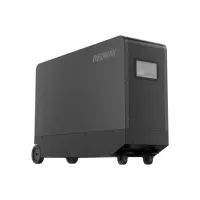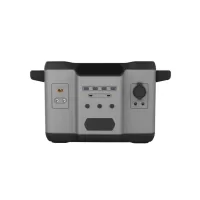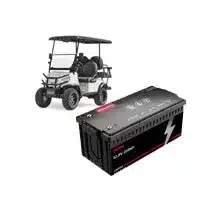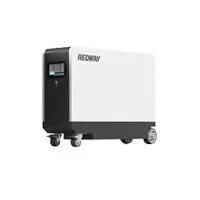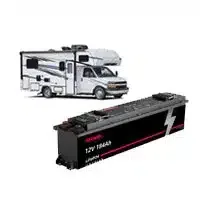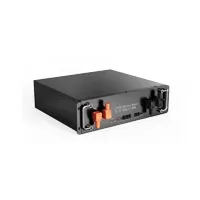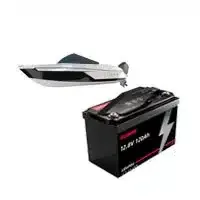(Click to Get a Quick Quote!)
Battery technology is fascinating, and with a myriad of options available, it’s vital to understand the distinctions between different types. Today, let’s focus on two battery types that are often confused due to their similarities in appearance: the 14500 battery and the traditional AA battery.
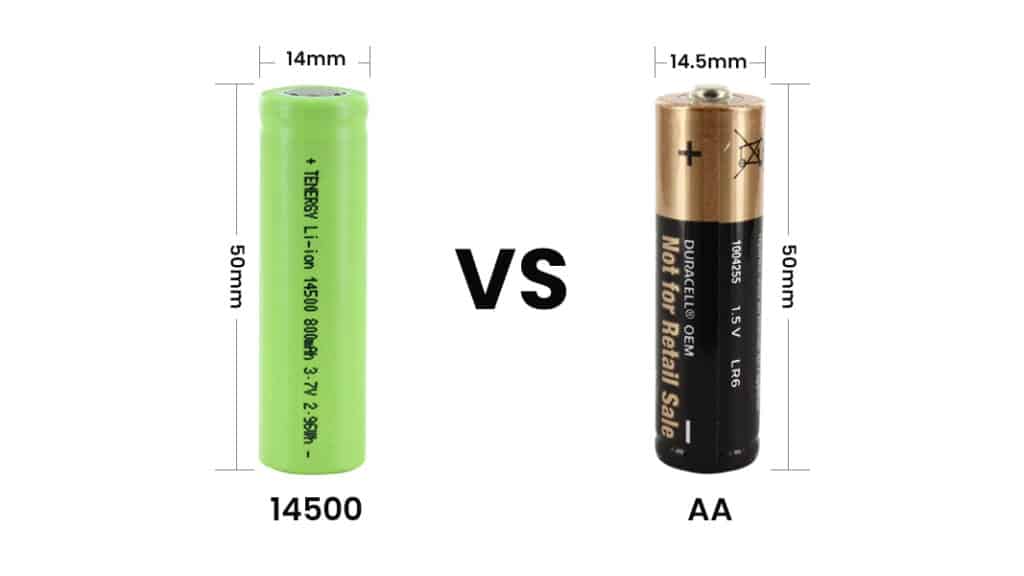
Unraveling the 14500 Battery Mystery
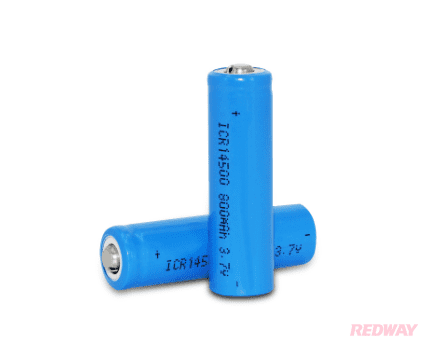
A 14500 battery refers to a rechargeable lithium-ion battery, named after its dimensions – 14mm in diameter and 50mm in length. While it might resemble an AA battery, here’s how they stand apart:
- Voltage: Fully charged, a 14500 lithium-ion battery boasts a voltage of 3.7V. This is notably higher than the 1.5V typical of a standard alkaline AA battery. Thus, a direct replacement might be harmful to devices not designed for this higher voltage.
- Capacity: 14500 batteries tend to have a lower capacity (mAh) than their AA counterparts. The implication? Your device could run out of juice faster with a 14500.
- Rechargeability: While 14500 batteries are rechargeable, not all AA batteries are. However, rechargeable AA-sized NiMH options do exist.
- Chemistry: Unlike AA alkaline batteries, 14500 batteries leverage lithium-ion chemistry. AA batteries, however, are available in multiple chemistries, including alkaline and NiMH.
Before even thinking about swapping AA batteries for 14500 ones, ensure that your device can handle the latter’s specifications.
The Ubiquitous AA Battery
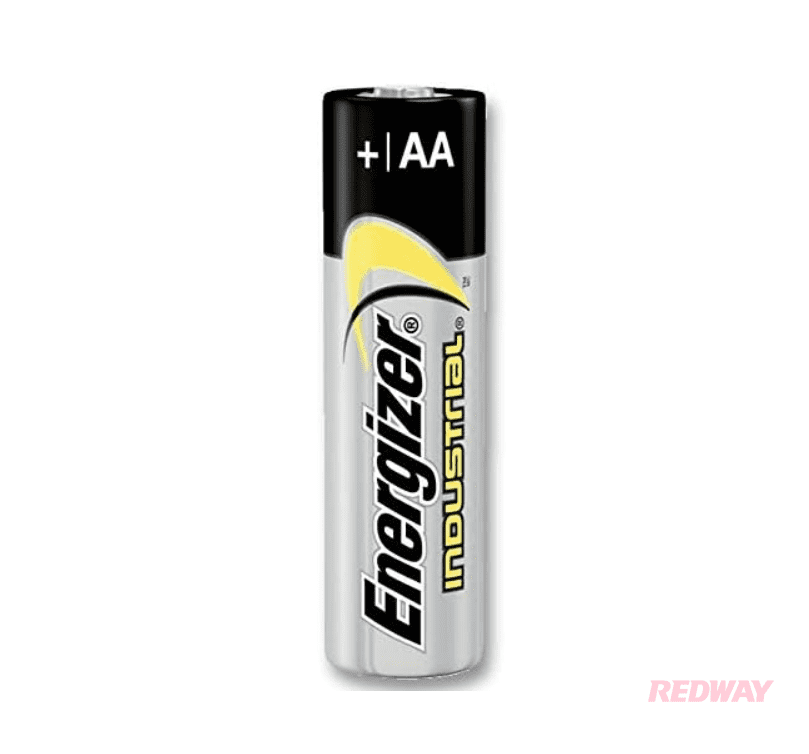
Most of us are familiar with AA batteries; they’re everywhere – in remote controls, toys, cameras, and many household items. Let’s break down their characteristics:
- Physical Dimensions: An AA battery typically has a diameter of 14.5 mm and a height of about 50.5 mm.
- Voltage and Chemistry: AA batteries come in several flavors, from the standard 1.5V alkaline type to rechargeable versions like the 1.2V NiMH. There’s also the older NiCd variant and the long-lasting lithium AA, both with their unique features.
- Usage and Lifespan: The longevity of an AA battery is contingent on its chemistry, capacity, and the nature of the device it powers.
- Environmental Footprint: Remember to recycle or dispose of batteries responsibly, considering their environmental implications.
When sourcing AA batteries, always align your choice with the device’s requirements and frequency of use.
14500 vs. AA: A Side-by-Side Look

- Size: Both have a cylindrical form, but 14500s are about 45mm long, slightly shorter than AA batteries.
- Capacity and Voltage: 14500 batteries usually offer between 600-1000mAh, while AAs can provide 2000-3000mAh. In terms of voltage, a 14500 Li-ion delivers up to 3.7V, whereas AAs hover around 1.5V.
- Usage and Cost: AAs dominate in terms of widespread availability and affordability. However, 14500s have the edge in performance for specific applications, albeit at a steeper price and with unique charger requirements.
While both battery types offer alkaline and rechargeable versions, it’s vital to gauge your needs before deciding.
FAQs
- Can I use a 14500 battery instead of an AA? Generally, no. Due to voltage differences, switching them without careful consideration can be hazardous. Some devices, like certain flashlights, may support both, but always read the device manual first.
- Is it safe to charge a 14500 battery in an AA charger? A resounding no. 14500 batteries have a different chemistry and voltage. Using an AA charger can result in damage, reduced battery life, and safety risks.
Quality Matters: Top Battery Recommendations
The Redway engineering team has successfully developed both 14500 and AA lithium batteries. For customized solutions and quotations, reach out to them directly.
Wrap Up
Though 14500 and AA batteries might seem interchangeable, they’re not. Their voltage and capacity differences can lead to device malfunction or safety concerns. Always prioritize the recommended battery type to ensure safety and optimal device functionality. And if you’re exploring reliable Lithium Iron Phosphate Battery solutions, Redway is a trusted name in Europe, renowned for its quality and custom solutions.

